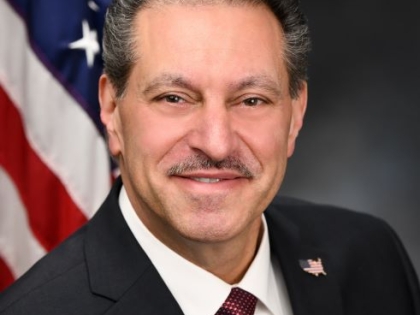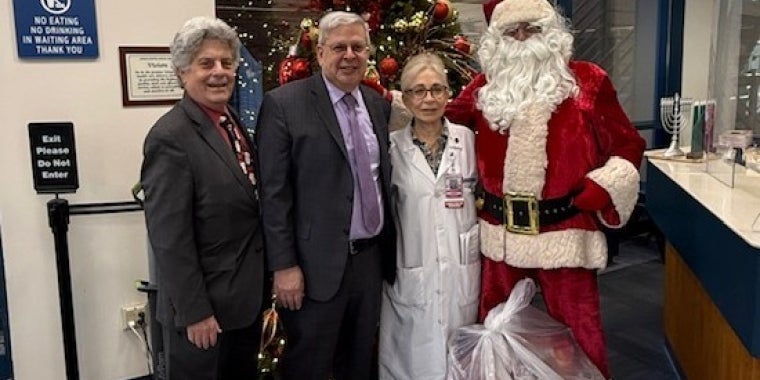
Addabbo and Barnwell pass legislation to establish New York City Seawall Study Commission to provide future protection from extreme weather events
Senator Joseph P. Addabbo, Jr.
July 10, 2018
Legislation (S.6927/A.8686) sponsored by NYS Senator Joseph P. Addabbo, Jr. and Assemblyman Brian Barnwell to create a New York City Seawall Study Commission has been approved by the State Senate and Assembly.
The intent of the bill, which will now go to Governor Cuomo for final action, is to determine the feasibility of constructing a seawall or seagate along the New York City coastline to protect residents from any future extreme weather events.
“Those of us who lived through Hurricane Sandy know full well the devastation that can be caused by rapidly rising sea levels and storm surge,” said Addabbo. “Almost six years later, and despite a great deal of progress, some of our residents are still working to recover from a storm that claimed human lives, destroyed properties and transportation systems, demolished local businesses, and otherwise presented extraordinary challenges we had never faced before in our communities.”
Assemblyman Barnwell, agreed, saying, “It is great news for our City that the New York State Legislature passed our seawall study bill. Hurricane Sandy showed us how our infrastructure needs major upgrades to protect our citizens and our communities from future hurricanes and storm surge. When implemented, a sea wall will help save lives, protect our homes, and save the City billions of dollars by protecting our infrastructure. I ask the Governor to sign this bill into law.”
Under the Addabbo/Barnwell legislation, a 14-member New York City Seawall Study Commission would be created within the NYS Department of Environmental Conservation (DEC), and chaired by the DEC Commissioner. Members of the commission would be appointed by DEC, the New York Secretary of State, the Senate and Assembly, the City of New York, and the County Executives of Nassau and Suffolk Counties. Appointees must have expertise in at least of one of these areas: climatology, hydrology, environmental science, aquaculture, oceanography, coastal ocean science, and engineering. Members would serve without compensation, but would be reimbursed for expenses associated with their work on the commission.
“In assessing the feasibility of a seawall or seagate to protect New York City from storm surge and rising storm-related sea levels, the Commission might look to the experience of Galveston, Texas, which built a sea wall in the early 1900s following a Category 4 Hurricane that killed up to 12,000 residents,” said Addabbo. “The seawall has protected Galveston in many ways in the years since. For example, the Army Corps of Engineers estimated that the structure prevented $100 million in damage to Galveston following Hurricane Alicia in 1983.”
By December 31, 2020, at the latest, the New York City Seawall Study Commission would be required to present its finding to the Governor and State Legislature. Its study and recommendations must address the costs, impacts, and best possible locations for a seawall or seagate along the New York City coastline, and identify areas most at risk of storm surge, rising groundwater levels, saltwater intrusion, coastal flooding and other extreme weather dangers.

